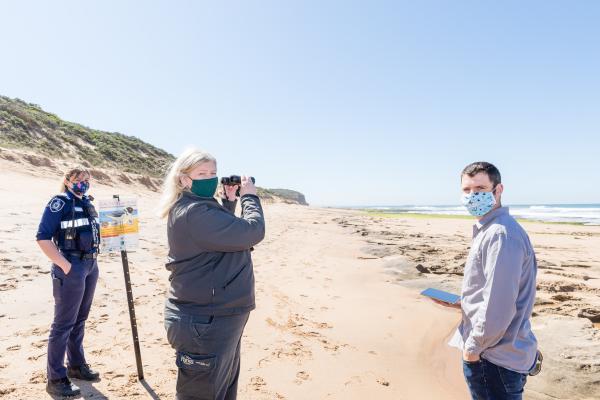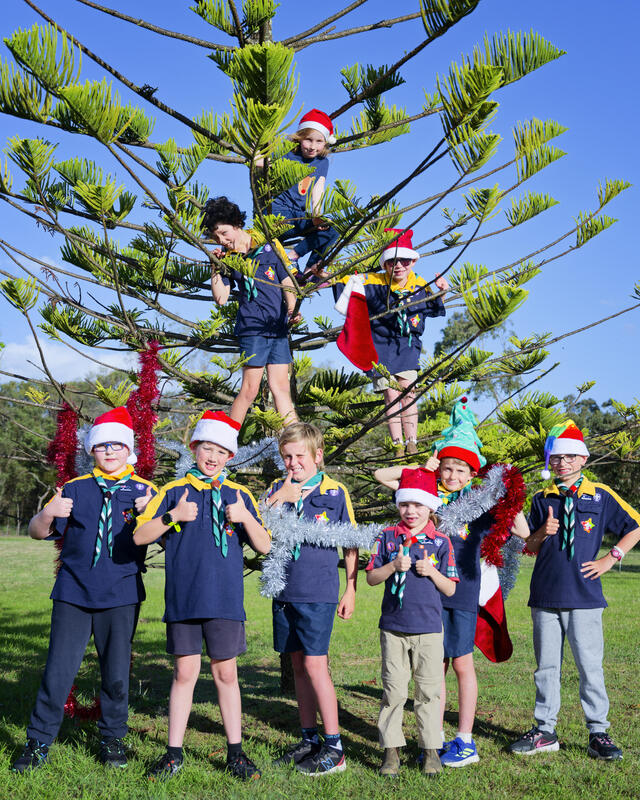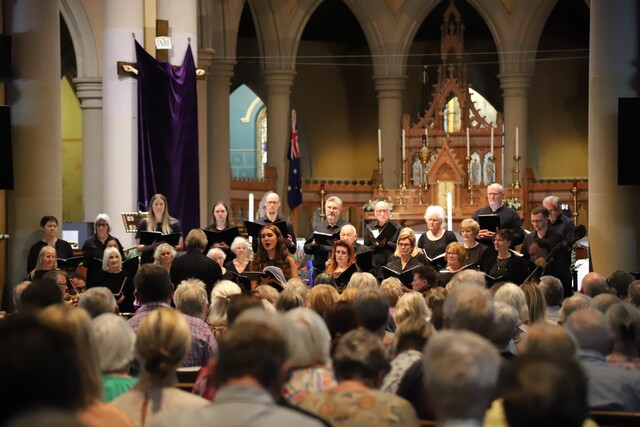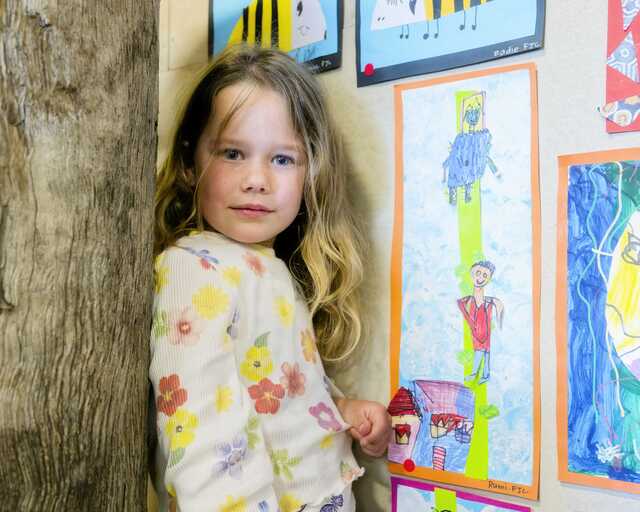Conservation regulator officers and Parks Victoria rangers are patrolling local beaches to help protect the threatened hooded plover.
As spring reaches its halfway point, beaches will become busier and officers will be raising awareness on how beachgoers can help the plight of the beach-nesting ‘hoodie’.
Hooded plovers lay eggs on Victoria’s shoreline from Nelson to the Bellarine Peninsula.
They have a high rate of nest failure, with the eggs easily trampled on by beach users and wayward dogs.
If an incubating adult bird is scared away from its nest by passers-by or dogs, its eggs can bake in the sun or become too cold in the cool weather. This results in the death of the chick developing inside the egg.
Officers and rangers are encouraging people to take note of signage at beaches advising of hooded plover nests, give the birds plenty of space and keep dogs away from fenced-off nesting areas.
“Small changes to behaviour on beaches can help hooded plovers as they face the challenge of nesting while sharing their habitat with beachgoers,” Barwon South West forest and wildlife officer Monique Cugliari said.
“If beach visitors could do their best not to disturb nesting hooded plovers and keep their dogs on leads around fenced-off habitat, it would make such a difference to the local hooded plover population.”
During the nesting season the Conservation Regulator and Parks Victoria will have a presence at beaches near Portland, Port Fairy, Warrnambool, Apollo Bay, Moggs Creek, Barwon Heads and Ocean Grove.
The timing and locations of patrols will be based on data provided by BirdLife Australia, which co-ordinates the monitoring of hooded plovers along Victoria’s coastline.
Last breeding season BirdLife recorded 1003 hooded plover eggs along Victoria’s coastline. 185 hatched and only 66 chicks survived to become juveniles, including 26 on shorelines between Port Fairy and the Bellarine Peninsula.









